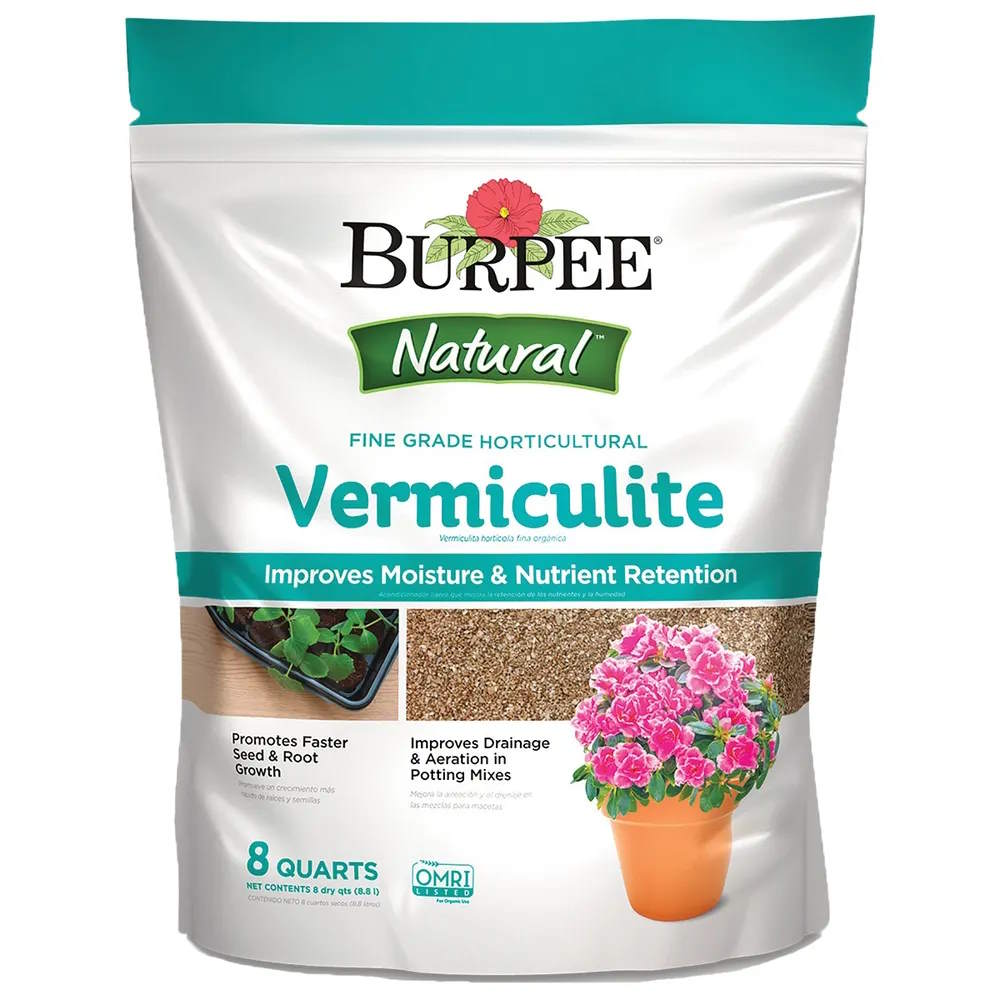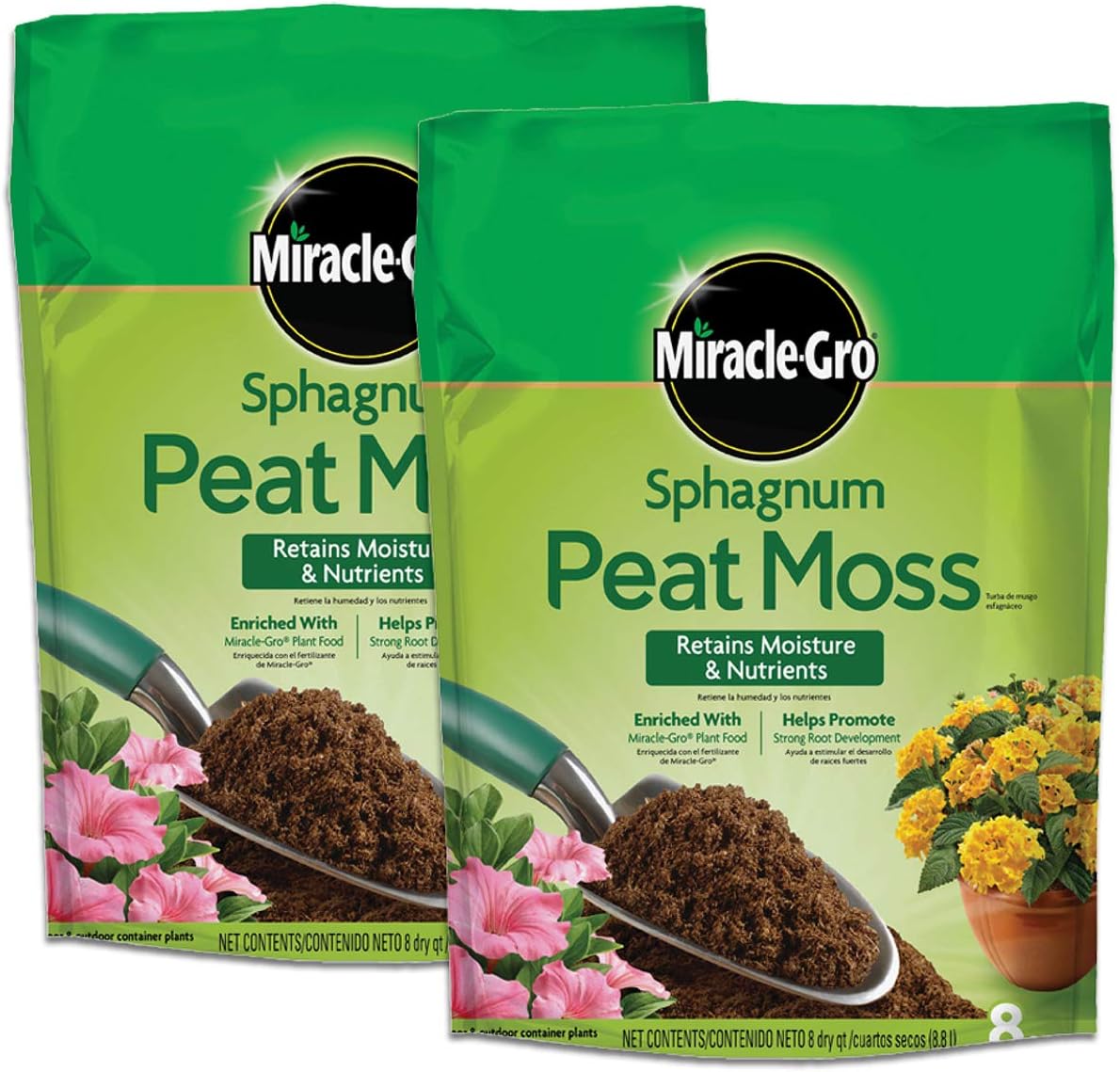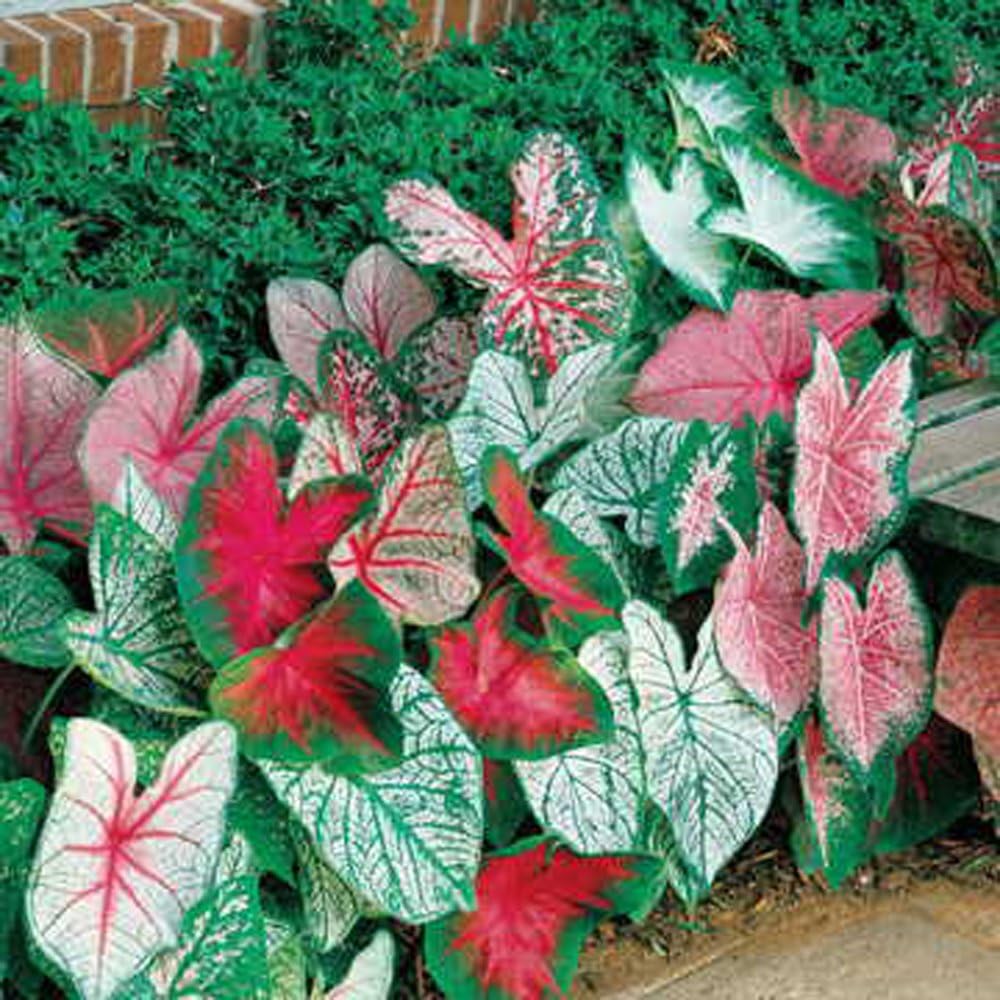Early November Is Your Last Chance to Overwinter Caladiums – Here's What to Do With Your Tropical Bulbs to Store Them Properly
From mulching outdoors in warmer zones to lifting and storing bulbs indoors in colder ones, see the best steps for your climate

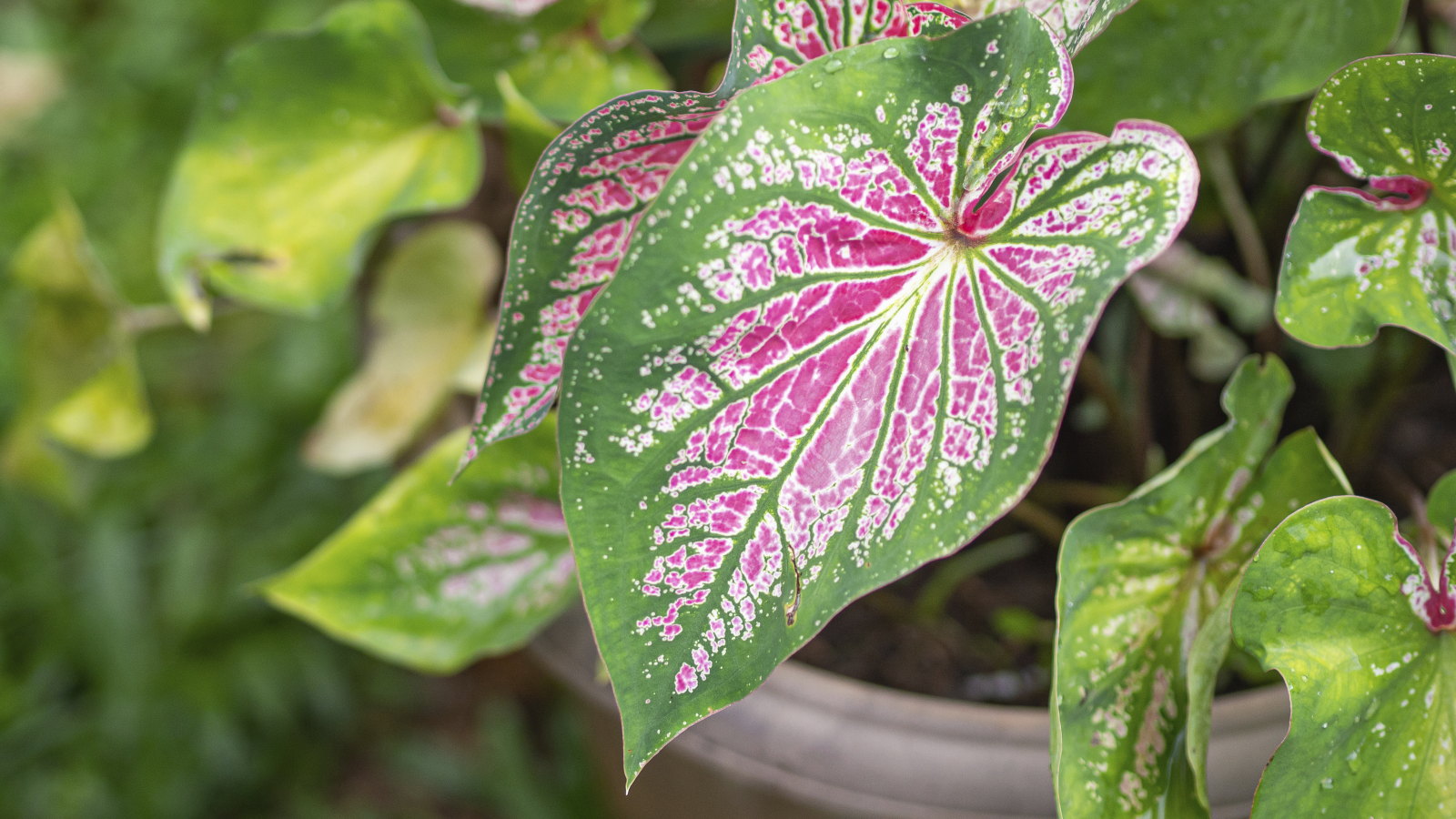
Caladiums are bright plants that always dazzle. The lush, heart-shaped foliage comes in shades of red, pink, white, and green, making a big impression as they sit atop long stalks. However, they are frost-tender plants that require some attention to successfully overwinter, which varies depending on where you live or how you grow your plants.
If you live in warmer climates and plant caladium bulbs, you can leave the tropical plants in the ground for winter. Any gardeners with colder winters aren't so fortunate, so they need to know how to overwinter caladiums indoors. This can be achieved by lifting and storing the bulbs or relocating plants in pots indoors.
This in-depth guide to how to overwinter caladiums looks at the three ways of doing so. It includes simple steps to follow, whether you need to mulch plants outdoors or lift, cure and store bulbs indoors over the winter.
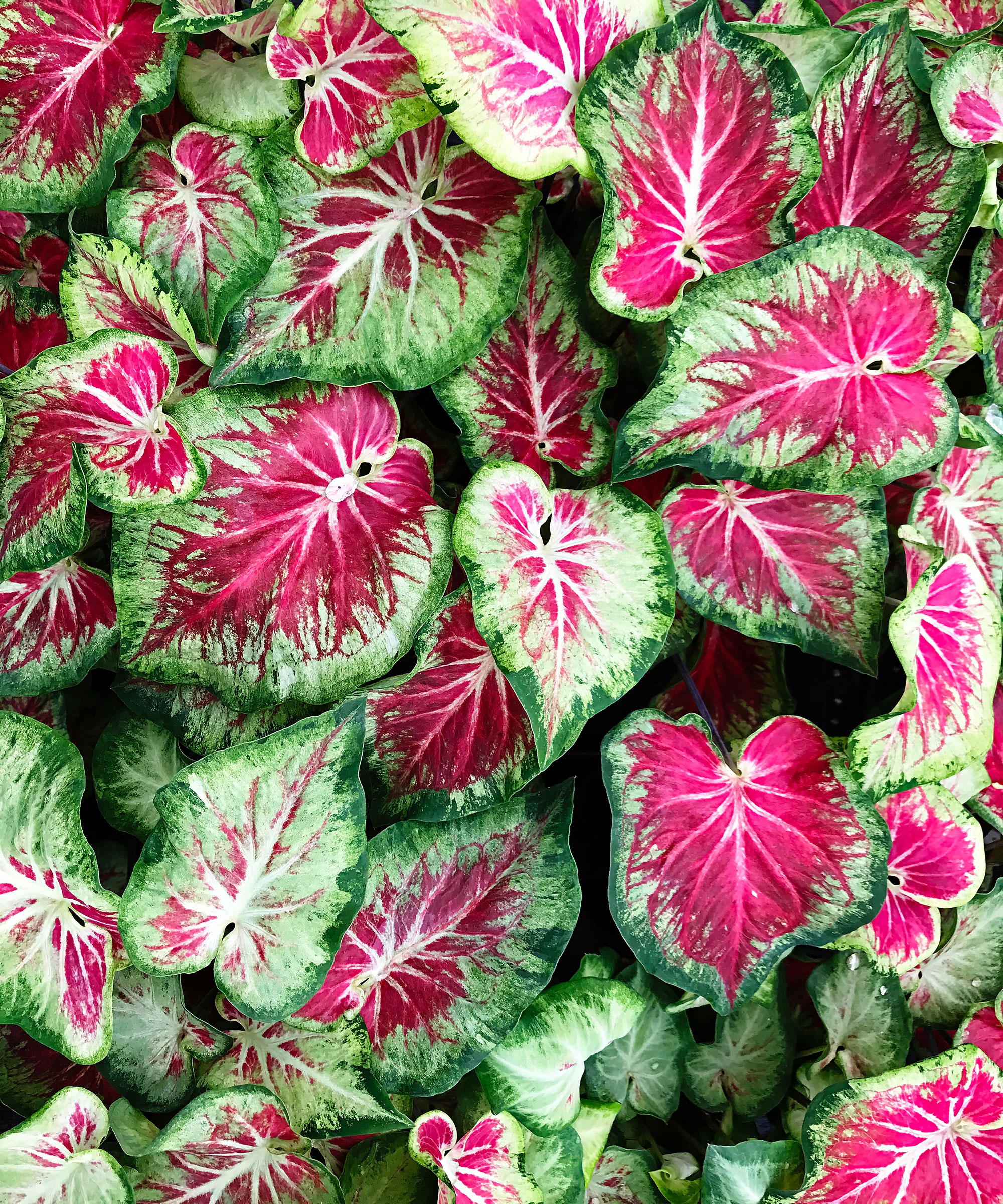
How to overwinter caladiums – a word of caution
Always wear gloves when handling caladiums, as the plant produces a sap that can irritate the skin. Don't forget gloves when planting, pruning, and digging up bulbs as part of overwintering caladium plants.
How to overwinter caladiums outdoors in warmer zones
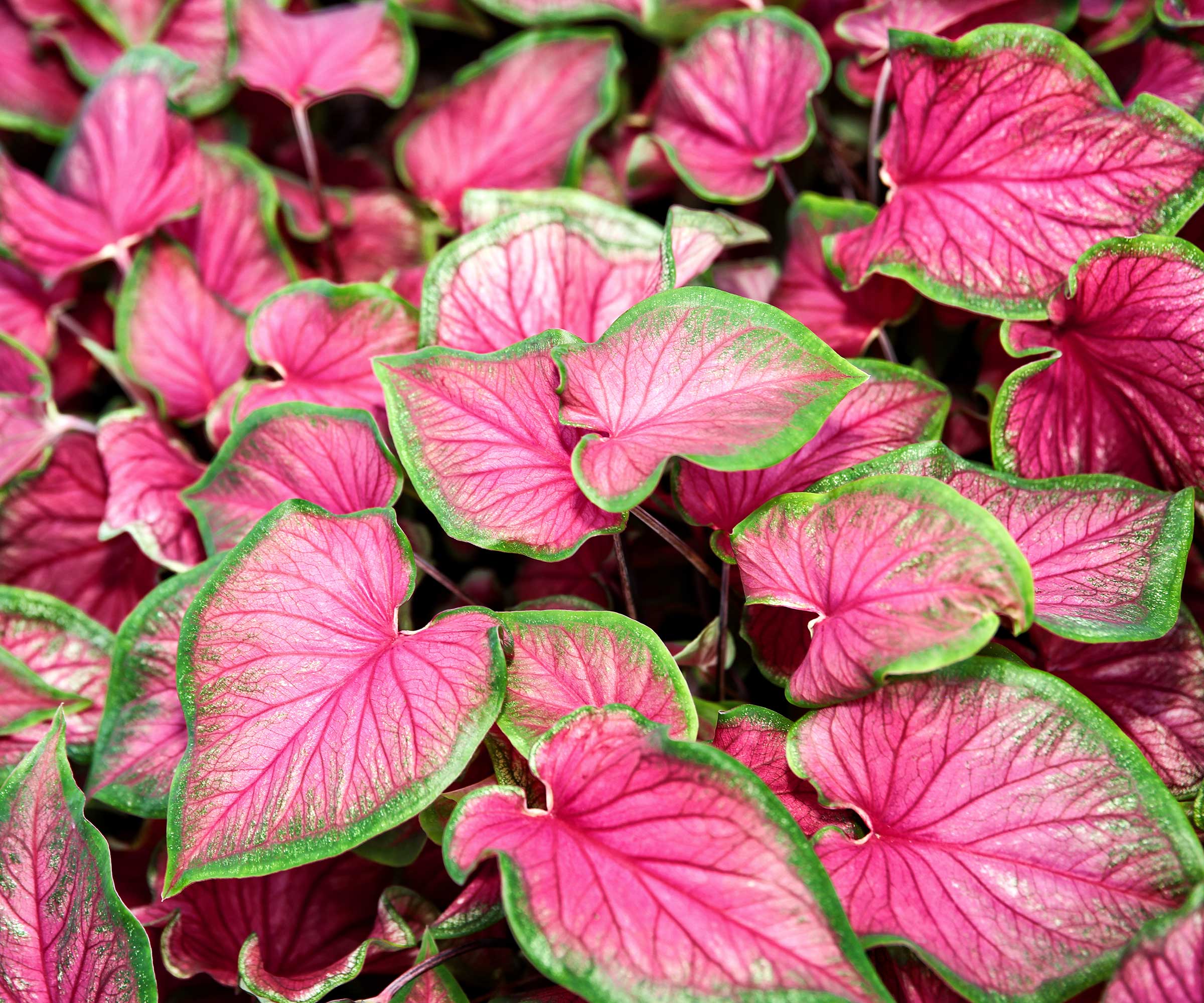
Caladiums can be grown as perennials in US hardiness zones 9 to 11. They can be left in the ground to survive over winter in many circumstances, but will still benefit from protection.
After the caladium foliage dies back, place a thick layer of mulch over the plants to insulate them from the cold. A three-inch layer of compost, straw, shredded leaves, or wood chips (such as this premium organic mulch available at Amazon) will retain moisture in the ground and protect the bulbs throughout winter.
If you have wet winters or a heavy soil type that holds onto moisture, it is better to lift and store caladium bulbs, as they risk rotting in sodden ground over winter otherwise.
Design expertise in your inbox – from inspiring decorating ideas and beautiful celebrity homes to practical gardening advice and shopping round-ups.
How to overwinter caladiums indoors in colder climates
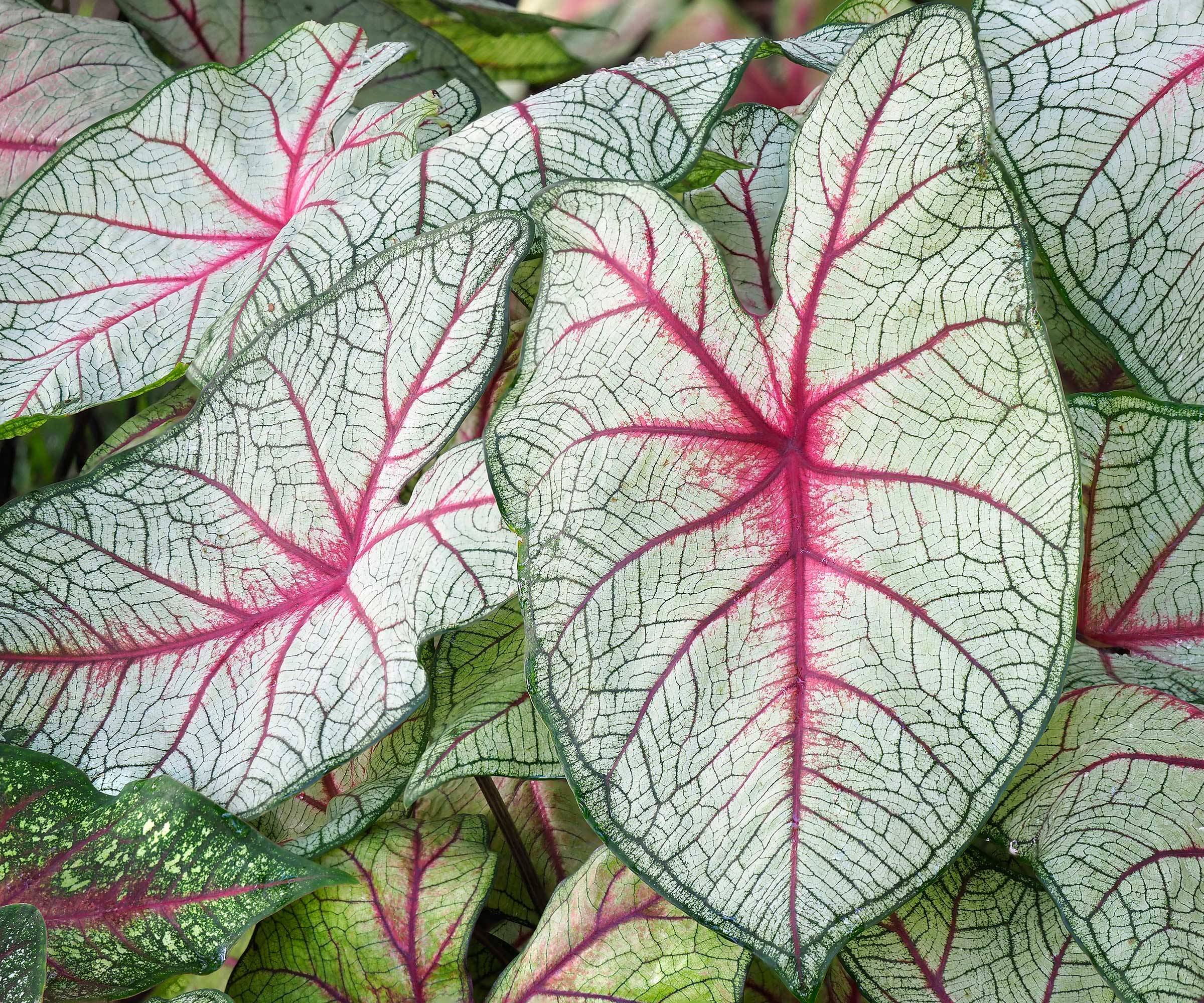
If you live in climates with cold winters, including US hardiness zones 8 and below, you need to overwinter plants indoors by lifting and storing the bulbs.
This process begins once soil temperatures drop to around 60°F, which you can check with a soil moisture meter like this one available on Amazon. This occurs in late October or November, depending on your climate.
Once the temperatures reach this point, carefully dig up the caladium bulbs. You want to keep the foliage attached, rather than cut the leaves down at this point. Knock large clumps of soil off the bulbs, but don't worry about removing all the dirt. Then put them in a cool, dry location for two weeks to dry and cure.
After the curing period, once the leaves have shrivelled up and the bulb feels dry, cut off the foliage an inch above the bulbs, trim the roots, and brush off any soil remaining. Place the bulbs in a cardboard box on a thin layer of sand, sawdust, vermiculite or sphagnum moss, and then cover them with a few inches of the same medium.
Place the box in a cool, dry location where it will get temperatures of 55-60°F through winter, such as a shed, garage, or porch. Check the bulbs at least once a month, and remove any that show signs of rotting. If they appear to be drying out too much, lightly spray the packing material with water.
The overwintered caladium bulbs can be removed from storage and planted outdoors after the last spring frosts.
How to overwinter caladiums in pots
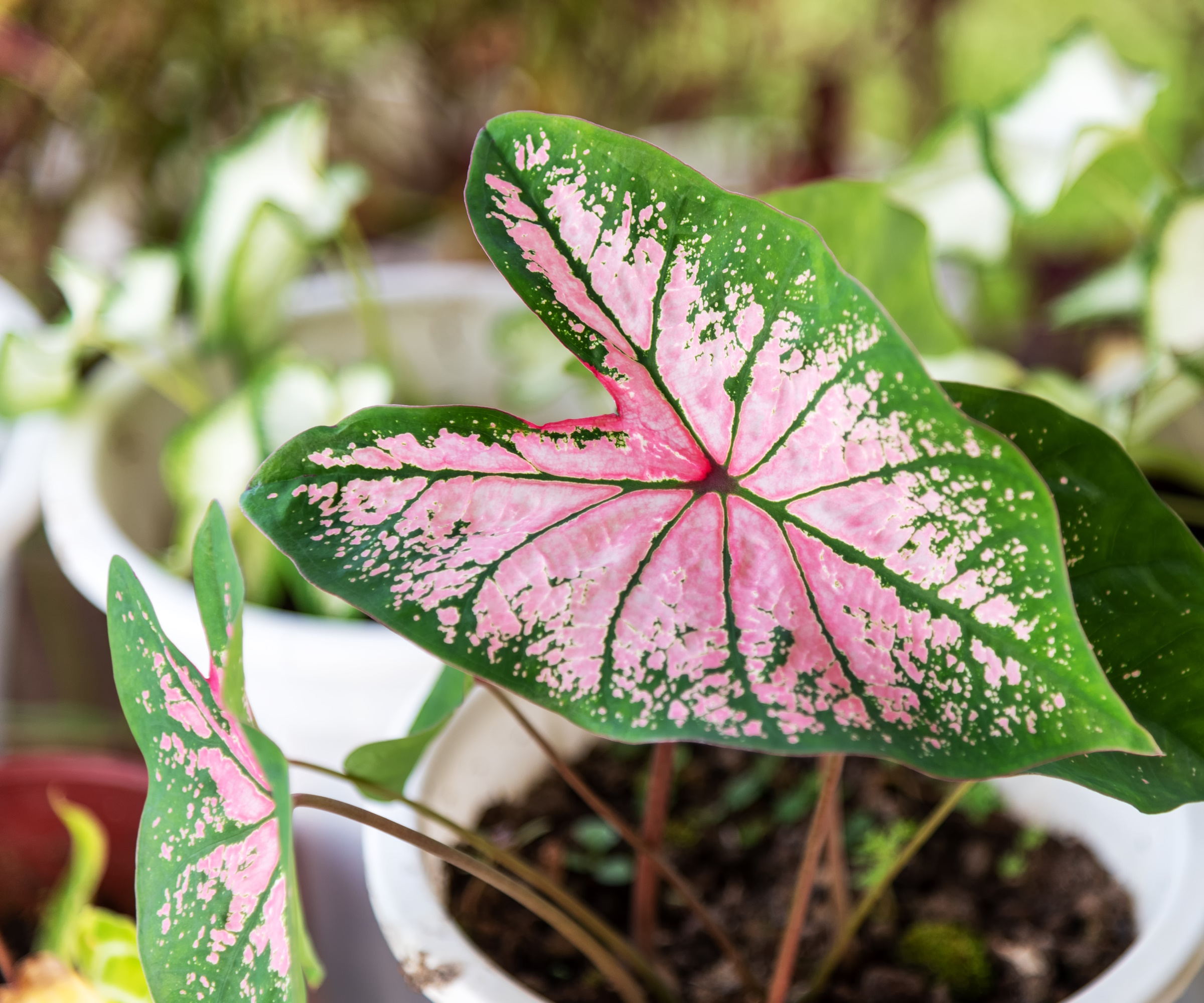
If you grow them in pots as a tropical patio plant in a container garden, you can overwinter caladiums in their pots rather than lift and store the bulbs.
It is not a perennial to grow as a houseplant over winter, as you still let the bulb go dormant. But overwintering caladiums in pots is a quick and easy way to overwinter the tender plant indoors.
Stop regularly watering come fall, and then move the container indoors once the temperatures start to drop below 60°F. Cut down the foliage once it wilts with a pair of clean, sharp pruning shears.
Place the pot in a cool, dry, and dark environment for winter, such as a garage, outbuilding, or cupboard, and keep a close eye to ensure the soil remains slightly damp, which prevents the bulb from drying out.
Come spring, top up the pot with a quality soil for container gardening (such as this organic potting mix at Burpee) and move the plant back outdoors to start growing again for the new season.
FAQs
What temperature is too cold for caladiums?
When temperatures consistently drop below 60°F, it is getting too cold for caladiums. This is the stage to start taking measures to overwinter caladiums. A frost is capable of destroying the bulb.
What month do caladiums go dormant?
Caladium bulbs start to go dormant in the fall. Stop watering or feeding plants at this stage, and allow the foliage to die back naturally before mulching the plants or lifting the bulbs.
Caladiums do make great shade plants as they can tolerate as little as four hours of sunlight a day. They can bring a tropical garden vibe even to the darker corners of your yard. Other great plants to brighten up such difficult shady areas include heuchera (coral bells), dicentra (bleeding heart), and hellebores (columbine).

Drew has worked as a writer since 2008 and was also a professional gardener for many years. As a trained horticulturist, he worked in prestigious historic gardens, including Hanbury Hall and the world-famous Hidcote Manor Garden. He also spent time as a specialist kitchen gardener at Soho Farmhouse and Netherby Hall, where he grew vegetables, fruit, herbs, and cut flowers for restaurants. Drew has written for numerous print and online publications and is an allotment holder and garden blogger. He is shortlisted for the Digital Gardening Writer of the Year at the 2025 Garden Media Guild Awards.
